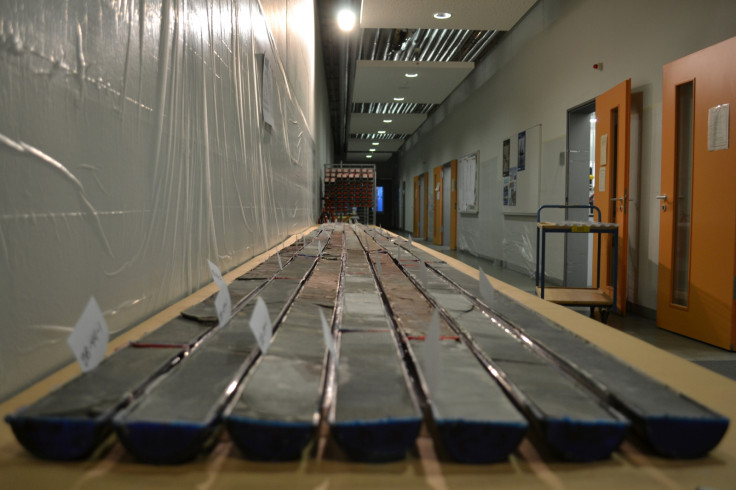Global warming 56 million years ago 'similar to present day rate'

Two pulses of massive carbon emissions warmed the Earth by 5 to 8 degrees C almost 56 million years ago, at rates similar to the present day human-induced warming, say researchers from University of Utah and their colleagues.
With size and duration of the emissions similar, the temperature maximum from the period can help give clues to future climate change, they say.
The only difference in the playing fields was that the Earth began much warmer back then than it is today.
While the Earth and most species survived, it took a million years to recover from the episodes when temperatures rose by 5 to 8 degrees Celsius.
"The Paleocene-Eocene thermal maximum has stood out as a striking, but contested, example of how 21st-century-style atmospheric carbon dioxide build-up can affect climate, environments and ecosystems worldwide," says Gabe Bowen, lead author of the study published in the journal Nature Geoscience, an associate professor of geology and geophysics at the University of Utah.
"This new study tightens the link. We can look back in Earth's history and say this is how this world works, and it's totally consistent with the expectation that carbon dioxide change today will be associated with these other sorts of change."
Each pulse of carbon emissions lasted no more than 1,500 years. Atmospheric carbon levels returned to normal within a few thousand years after the first pulse while it took up to 200,000 years for conditions to normalise after the second pulse.
Study co-author Scott Wing, a paleobiologist at the Smithsonian Institution in Washington, says, "This study gives us the best idea yet of how quickly this vast amount of carbon was released at the beginning of the global warming event we call the Paleocene-Eocene thermal maximum. The answer is just a few thousands of years or less. That's important because it means the ancient event happened at a rate more like human-caused global warming than we ever realized."
Carbonate or limestone nodules in Wyoming sediment cores show the global warming episode 55.5 million to 55.3 million years ago released an annual minimum of 0.9 petagrams (1.98 trillion pounds) of carbon to the atmosphere and probably much more over shorter periods.
Since 1900, human burning of fossil fuels emitted an average of 3 petagrams per year – similar to the rate 55.5 million years ago.
While the cause of the two warming incidents is uncertain, the team rules out volcanism or melting of seafloor methane as the reason.
Warming oceans or an undersea landslide triggering the melting of frozen methane on the seafloor and subsequent emissions to the atmosphere is suspected to be a reason, as also a massive intrusion of molten rock that heated overlying organic-rich rocks and released a lot of methane.
© Copyright IBTimes 2025. All rights reserved.





















